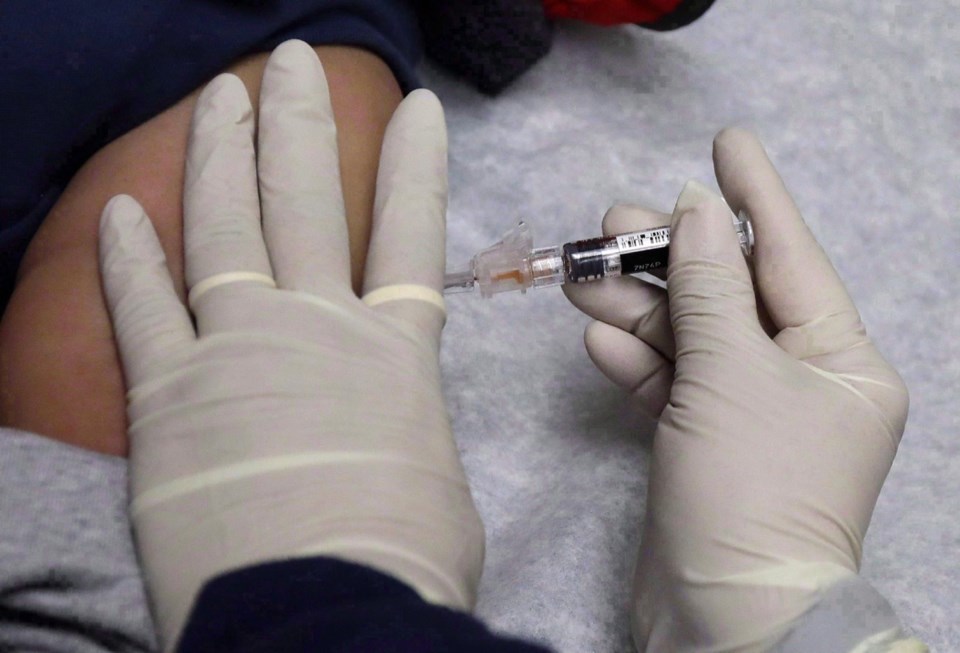Eleven years ago B.C. and Canada got an indication of how bad a pandemic can be, when the H1N1 (aka “swine flu”) influenza pandemic arrived.
In retrospect, in was just a light sample of what was to come.
There was a heightened sense of urgency, daily briefings and a big public health mobilization. The potential impact on the upcoming 2010 Winter Olympics was an intense worry.
Reviewing the health ministry’s records on that response is discouraging. Because they reinforce what health leaders have been noting regularly since COVID-19 started taking off: A particular phenomenon of pandemics is that they usually come in at least two successive waves.
B.C. provincial health officer Dr. Bonnie Henry noted that again this week in passing. Discussing research underway in B.C., she said it “will help us get through this first wave of COVID-19.”
The implication is unmistakable. It’s going to be a long haul. As Prime Minister Justin Trudeau noted, there will be no return to normal until a vaccine is created — 12 to 18 months by most estimates.
Henry’s last annual report included observations on pandemic response. It recounted that H1N1 emerged in March 2009 in Mexico and spread quickly. The first wave hit Canada, including B.C, in April.
The first wave peaked during the first three weeks of June. following a global pattern.
An intense effort was made on developing an influenza vaccine to the new strain.
H1N1 subsided, but then returned in B.C. earlier than it did in other parts of the country.
Henry’s annual report noted: “By the end of October, B.C. hospitals were experiencing the greatest demand on their resources due to the pandemic.”
The vaccine became available at the end of October. It was given to the most vulnerable at first. It was generally available by mid-November.
By the end of November, hospitalizations had dropped significantly and B.C. had a stock of antivirals, which eased the symptoms of those who had H1N1.
By February 2010, the final tally showed B.C. had 1,059 confirmed severe cases that had resulted in 56 deaths.
By the end of March, an estimated 1.8 million people (40 per cent of the population) had been immunized. That brought it to a close.
Today by comparison, B.C. has sustained 33 per cent more COVID-19 cases in three months (1,410 from Jan. 27 to Friday) than developed with H1N1 over the course of nine months.
By fatality count, in one month COVID-19 has killed 55 people up to Friday, compared to the 56 who succumbed to H1N1 in two waves spread over about nine months.
Dr. Perry Kendall was provincial health officer at the time. He wrote a report in June 2010 on B.C.’s H1N1 experience to recount the tactics and the lessons learned.
His analysis showed that as much as 25 per cent of the population was infected and the second wave was far worse than the first.
It’s not clear if a coronovirus pandemic will follow the influenza pattern to that extent. One notable difference is that H1N1 hit more young people.
Kendall, who was pressed back into service this week as part of the research effort, said in his report that the H1N1 response relied heavily on antivirals.
More than 120,000 prescriptions were filled in six weeks which was credited with reducing hospitalizations.
“Our antiviral strategy may have cut the number of these severe outcomes by almost half.”
There is no antiviral available yet for COVID-19.
The immunization effort was the largest in B.C. history and the fact it was the first pandemic where a vaccine was available while it was underway made a big difference.
B.C. ordered so much vaccine that 60 per cent of it wasn’t used and had to be thrown out.
He concluded that B.C. should not get complacent. “We had to be prepared for something that might have been considerably worse and we should still maintain that cautionary stance.
“This pandemic has proved that for us and it is likely that the next one will also have unexpected features. We should not let down our guard.”



